Many people know that the Federal Republic of Germany is a powerful country in the world and an economic center in Europe, but a large number of those people do not know where the capital of Germany is. So here we will look for the answer for this question and share some information as well as the beauties about the German capital in the article below.
When starting to learn about Germany, the first thing that people ask about is “where is the capital of Germany?” and this question is often accompanied by information about the German Capital. In such a strong country and a European economic center as Germany, what is famous about its Capital?
First, as for the question "What is the capital of Germany?" Currently, the capital of Germany is the city of Berlin. Next, we will go through some basic information about the German Capital.
Berlin, the Capital of Germany, is one of the 16 states of Germany. Located in the North-eastern part of Germany, Berlin is the center of the Berlin-Brandenburg metropolitan area. These are the important facts about the German Capital.
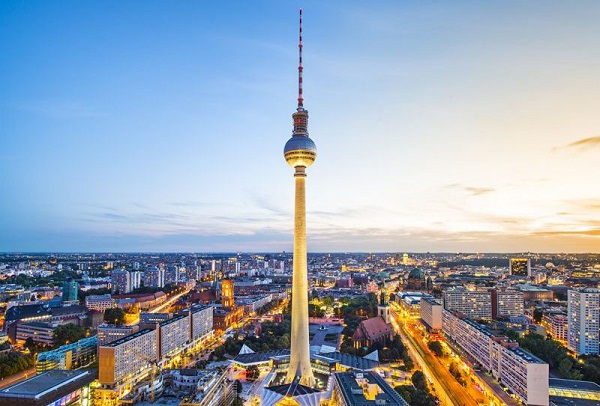
Berlin - The Capital of Germany
• The Capital of Germany has a population of about 3.769 million people (updated on December 31, 2019).
• Because Berlin is located on the European plain, the German capital has a temperate seasonal climate.
• The German capital has an area of 891.8 km2, of which 1/3 of the city's area is forests, parks, gardens, rivers and lakes.
• The height of the ground in Berlin is 34 – 115 m above sea level.
• In the German Capital the postal code is 10115–14199 and the area code (telephone code) is 030.
• The Capital of Germany has the time zone UTC+1 and the daylight saving time is UTC+2.
• GRP per capita in the German Capital is 42,000 Euro/year (2019).
The city of Cölln was first mentioned in 1237 as the Twin Cities Berlin-Cölln. Only later in 1244 was the capital Berlin mentioned. Until 1307, the two cities shared a town hall.
After that, many people made their capital in Berlin, such as Line Marquis Friedrich I in 1415, and then the King of Prussia. The last person to set the capital in Berlin was the Emperor of the German Empire, until 1915.
Berlin was once heavily damaged, specifically one third of the houses were damaged and the population halved after the 30-year battle from 1618 to 1648. At this time, the Great Line Großer Kurfürst succeeded his father in AD 1640 and started the policy of immigration and religious tolerance. Later the cities of Friedrichswerder, Dorotheenstadt and Friedrichstadt were established in the suburbs.
In the 17th century, Berlin expanded to the suburbs. At this time, the King of Prussia, based in Berlin, ordered the construction of a number of palaces such as Oranienburg, Charlottenburg and created the Unter den Linden road to the west of the city. After 1710, the cities of Cölln, Friedrichswerder, Dorotheenstadt and Friedrichstadt were merged into the Capital Berlin and the cultural environment in Berlin began to gradually expand. Houses of culture and science were gradually opened and the Capital Berlin became the center of the Enlightenment philosophical movement in Europe. However, it was occupied for a time by Russia and Austria. In 1806 the French defeated Prussia, Emperor Napoleon Bonaparte marched in Berlin but he did not occupy and in 1815, Berlin became the Capital of the newly created province of Brandenburg.
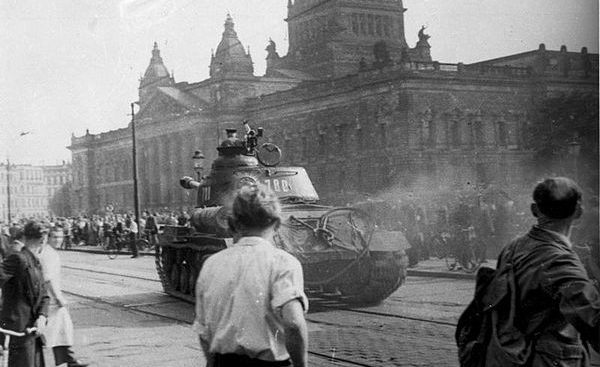
The foundation of Germany Capital
During the revolution in the 19th century, the economy and population in the city of Berlin gradually expanded and Berlin became the economic center of Germany. In 1861, the suburbs of Wedding, Moabit, Tempelhofer and Schöneberger were merged to Berlin and in 1871, Berlin officially became the capital of Germany and the German Empire was formed.
In 1881 the German Capital Berlin split from the province of Brandenburg.
After the end of World War I, the Weimar Republic was established in Berlin. At this time Berlin's population was about 4 million people.
After the Nazis took power in 1933, Berlin became the capital of the Third Reich and at this point the Nazis intended to make Berlin the Capital of Germany and the Capital of the world. However, the plan failed in World War II. At this time, most of the Capital Berlin was destroyed in the war, after the Head of State Adolf Hitler committed suicide and Berlin fell, Nazi Germany surrendered. From this time Berlin was divided into 4 parts, and the Western alliance divided Berlin into West Berlin and East Berlin.
Later, in West Germany, the Federal Republic of Germany was established with a market economy. Meanwhile in East Germany, the German Democratic Republic was established and a cold war between the two factions West Germany and East Germany started. The war was so fierce that later people also erected the Berlin Wall on August 13, 1961 to separate West and East Berlin.
The incident lasted until 1989, the Berlin Wall was broken by the people of East Germany. Germany reunified in 1990 and became the Federal Republic of Germany today, at this time Berlin became the capital of Germany. In 1991 the German Parliament decided that Berlin is the capital of Germany and also the seat of the German Government. It began to operate on September 1, 1999.
When you learn about where the German capital is, the next thing you will probably find out will be the famous landmarks in the German Capital. So below are the famous landmarks in the German Capital.
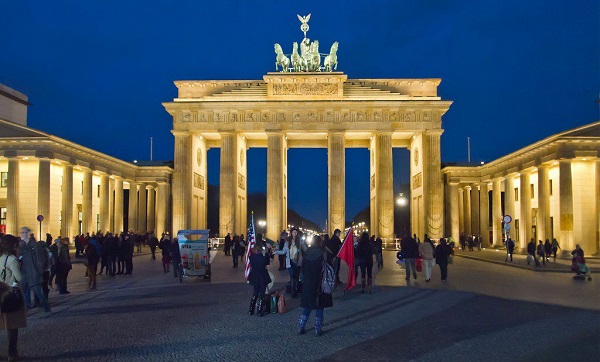
Brandenburg Gate
The Brandenburg Gate is regarded by the locals as a witness to the great history of this country. This place is one of the most famous attractions in Berlin and at the same time it is also a symbol of the German Capital.
The gate was built about 200 years ago in the style of Western ancient architecture. If you have the opportunity to visit this place or work in Germany, you should go to the city gate to contemplate the beauty and feel the heroic history of Germany imprinted by time in this great city gate.
The Reichstag building was built in 1884 and completed in 1894. This place is not only the Government House of Germany but also a historical symbol of Germany through the ups and downs in the past.
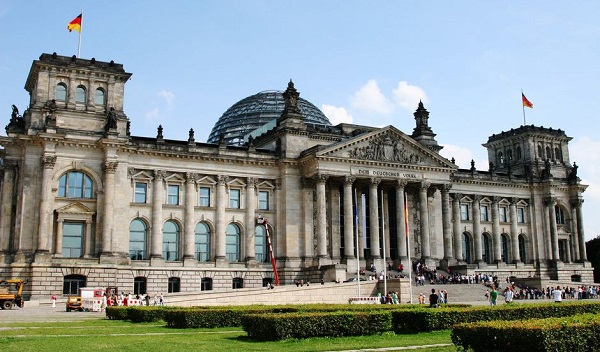
The Reichstag building
The Reichstag is the place where Members of Parliament meet and work and important policy decisions are made. This place is also open to the public, you can go inside the dome to enjoy the beauty of the building and experience the awe when looking down from the top of the building.
Potsdam Square in the German capital is an ideal tourist destination in 2021. This place has a large estate of 500 hectares of heritage sites and parks, which were recognized by UNESCO as world heritage sites. In addition, this place has a Dutch ward.
The Dutch Quarter in the German capital has the palace built in 1745 and is a sanctuary area of the Berlin courthouse.
This is also known as Berlin Cathedral. Located to the east of Berlin's museum, it is the main evangelical church in Germany.
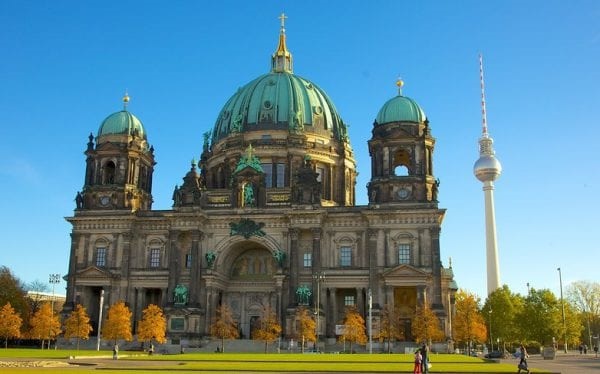
Church of Berliner Dom, located in Berlin
The church was built in 1894-1905 in the Renaissance style and is one of the largest as well as one of the most important churches in Germany.
Tags: Germany capital, Berlin Germany, Berlin weather, Berlin attractions, The Berlin Wall